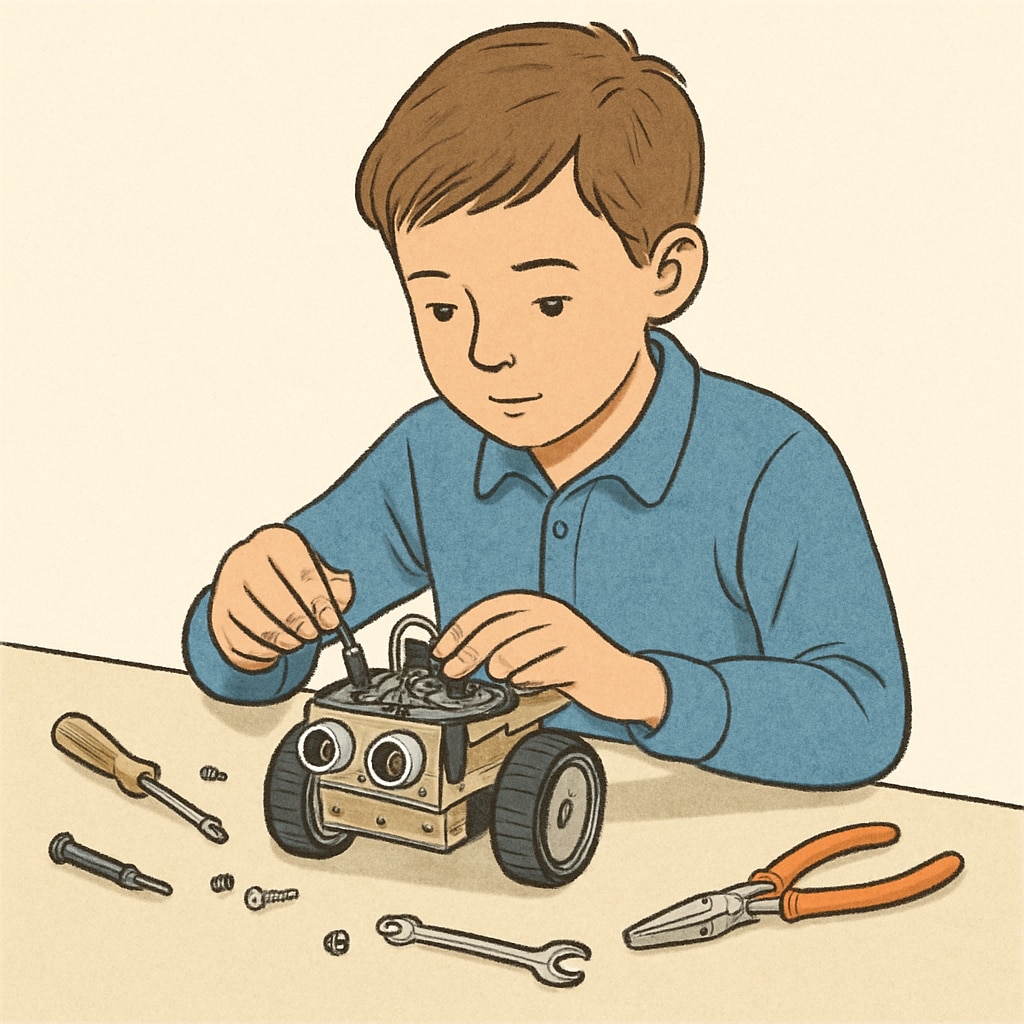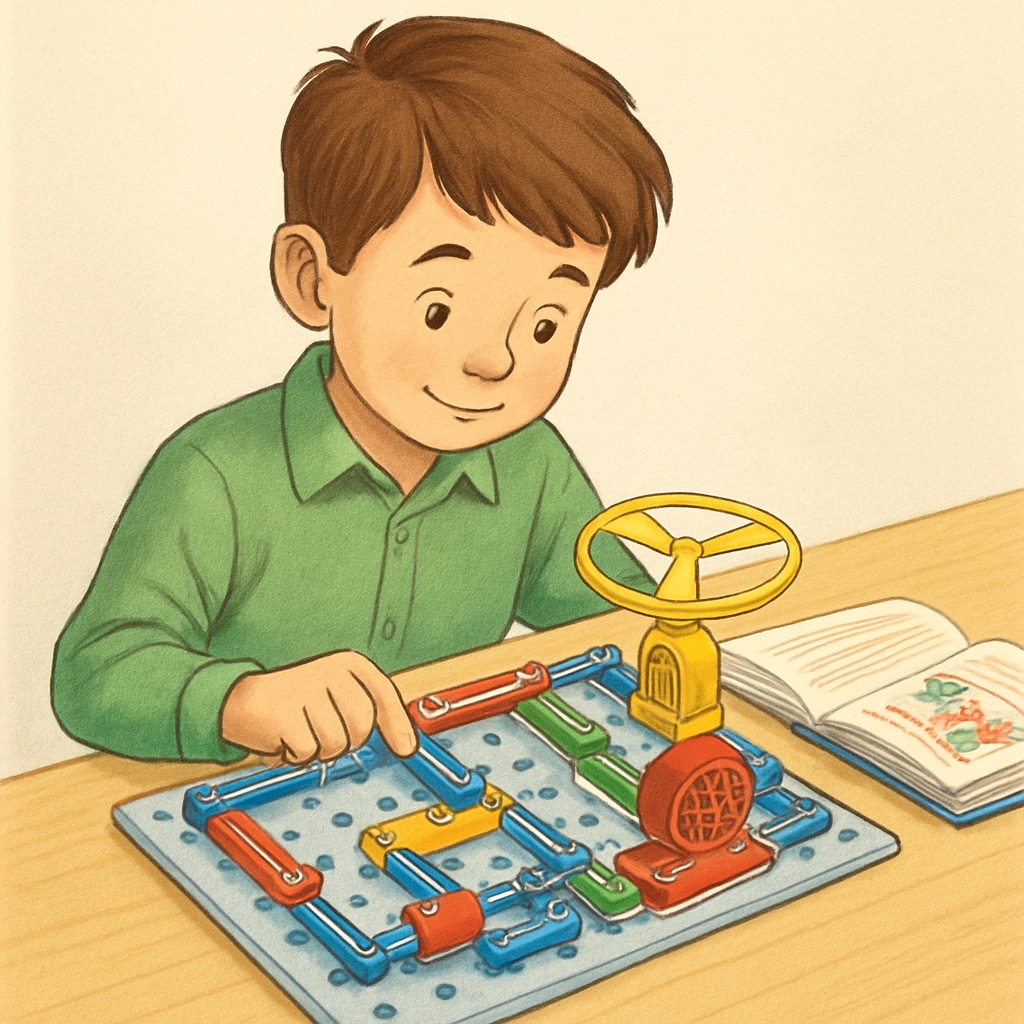When it comes to early education, creativity development, and alternative teaching methods, parents of hands-on and curious 4-year-old boys often face unique challenges. Boys who show strong mechanical or engineering interests—like building circuits or assembling robots—don’t always thrive in traditional preschool settings. These young creators require an educational environment that nurtures their creativity while balancing foundational academic skills. This article explores how to tailor an educational approach that encourages their inventive and tactile spirit.
Why Hands-On Learning is Essential for Creative Young Minds
Hands-on learners thrive when they can actively engage with their environment. For boys who are naturally inclined to tinker, build, or experiment, sitting still in a conventional classroom may stifle their creativity. According to research from the Britannica on experiential learning, children who learn by doing often retain information better and develop critical thinking skills faster than those who rely solely on passive learning methods.
Instead of focusing solely on traditional teaching techniques like worksheets and rote memorization, parents and educators can explore options such as:
- STEM-focused activities, such as simple robotics or coding games
- Montessori-inspired environments that encourage self-directed exploration
- Outdoor experiential learning, like nature walks or building projects
By incorporating these methods, hands-on learners can engage their minds and bodies simultaneously, resulting in a deeper and more meaningful learning experience.

Balancing Creativity with Core Academic Skills
While nurturing creativity is crucial, it’s equally important to ensure that young boys develop foundational academic skills such as literacy and numeracy. The key is to integrate these core skills into creative activities rather than treating them as separate tasks. For example:
- Encourage storytelling through play, such as creating narratives while building a LEGO city.
- Use counting and measurement during science experiments or craft projects.
- Introduce early literacy through books on engineering, space, or other topics of interest.
Programs like Reggio Emilia and Montessori often integrate creativity and academics seamlessly. You can also look into specialized STEM preschools that emphasize problem-solving and hands-on discovery.

Exploring Alternative Education Pathways
Alternative education options offer flexibility for parents seeking to customize learning experiences for their creative children. Some excellent pathways to consider include:
- Homeschooling: Parents can craft a curriculum that aligns with their child’s unique interests, such as scheduling weekly STEM challenges or field trips to science museums.
- Co-Op Learning Groups: Collaborative groups allow children to work together on creative projects while benefiting from diverse teaching styles.
- Skill-Specific Workshops: Many community centers offer robotics, art, or coding workshops designed for young children.
Parents can also use online resources like Khan Academy or apps designed for early STEM education to complement in-person classes.
Conclusion: Keeping the Spark Alive
Every child is unique, and education should reflect that individuality. For hands-on, creative 4-year-old boys, early education, creativity development, and alternative teaching methods provide the tools to unlock their potential. By combining tailored learning environments with foundational academic skills, parents can ensure their child’s natural curiosity and creativity thrive. After all, today’s LEGO builders and robot enthusiasts could very well be tomorrow’s engineers and innovators.
Pro Tip: Begin by observing your child’s interests and experimenting with different educational strategies. The goal is to inspire a lifelong love of learning while embracing their creative spirit.


